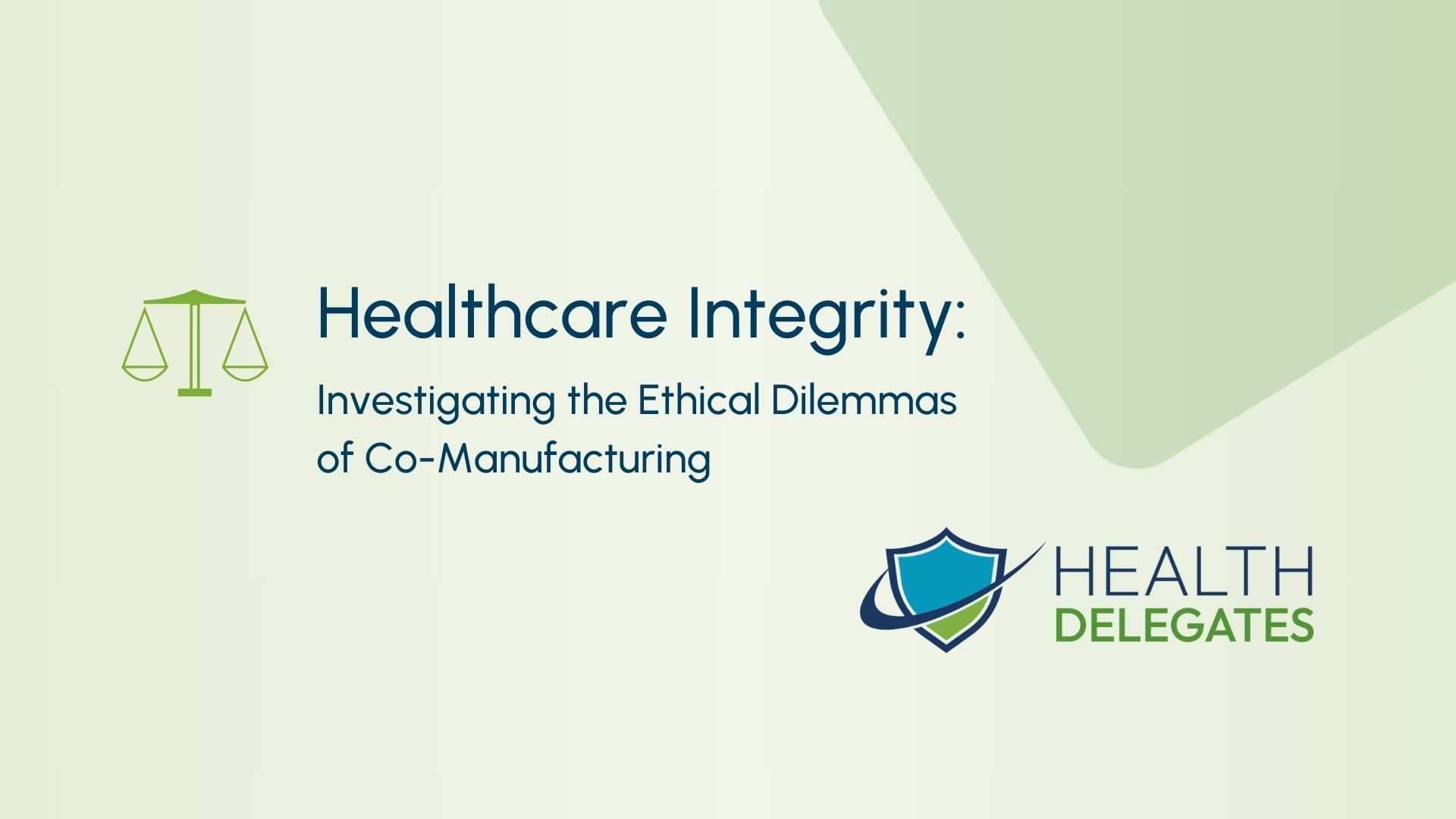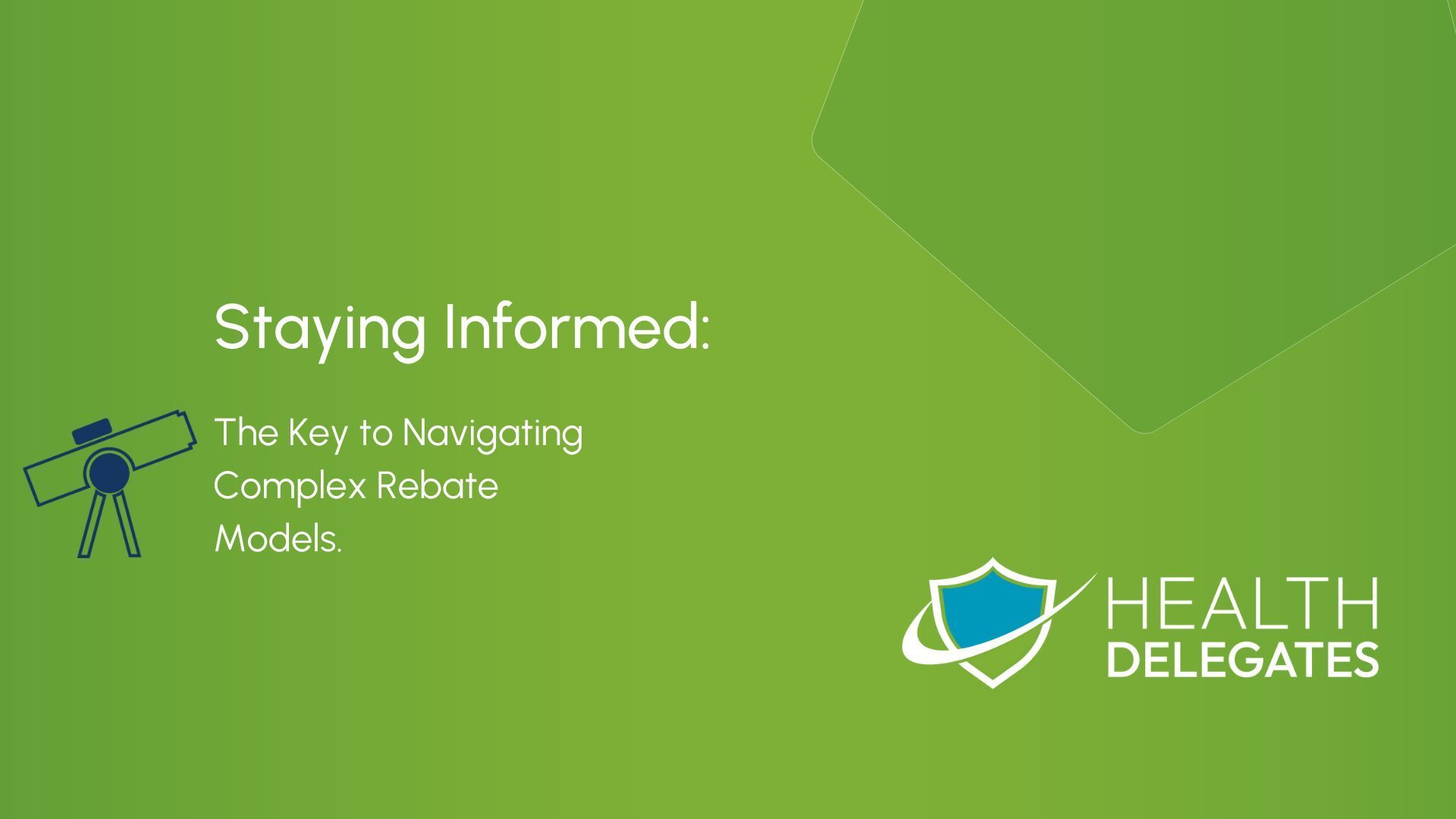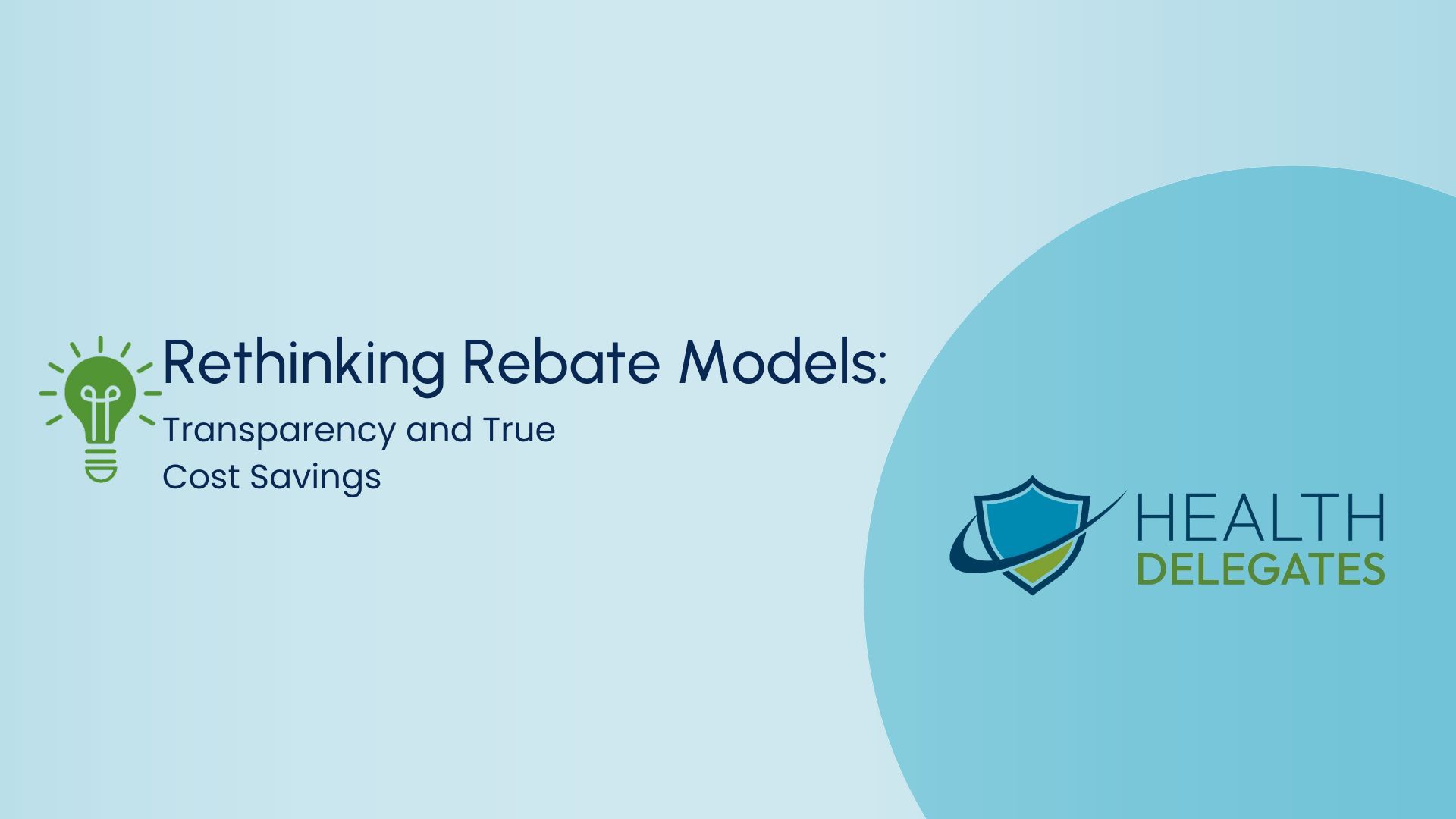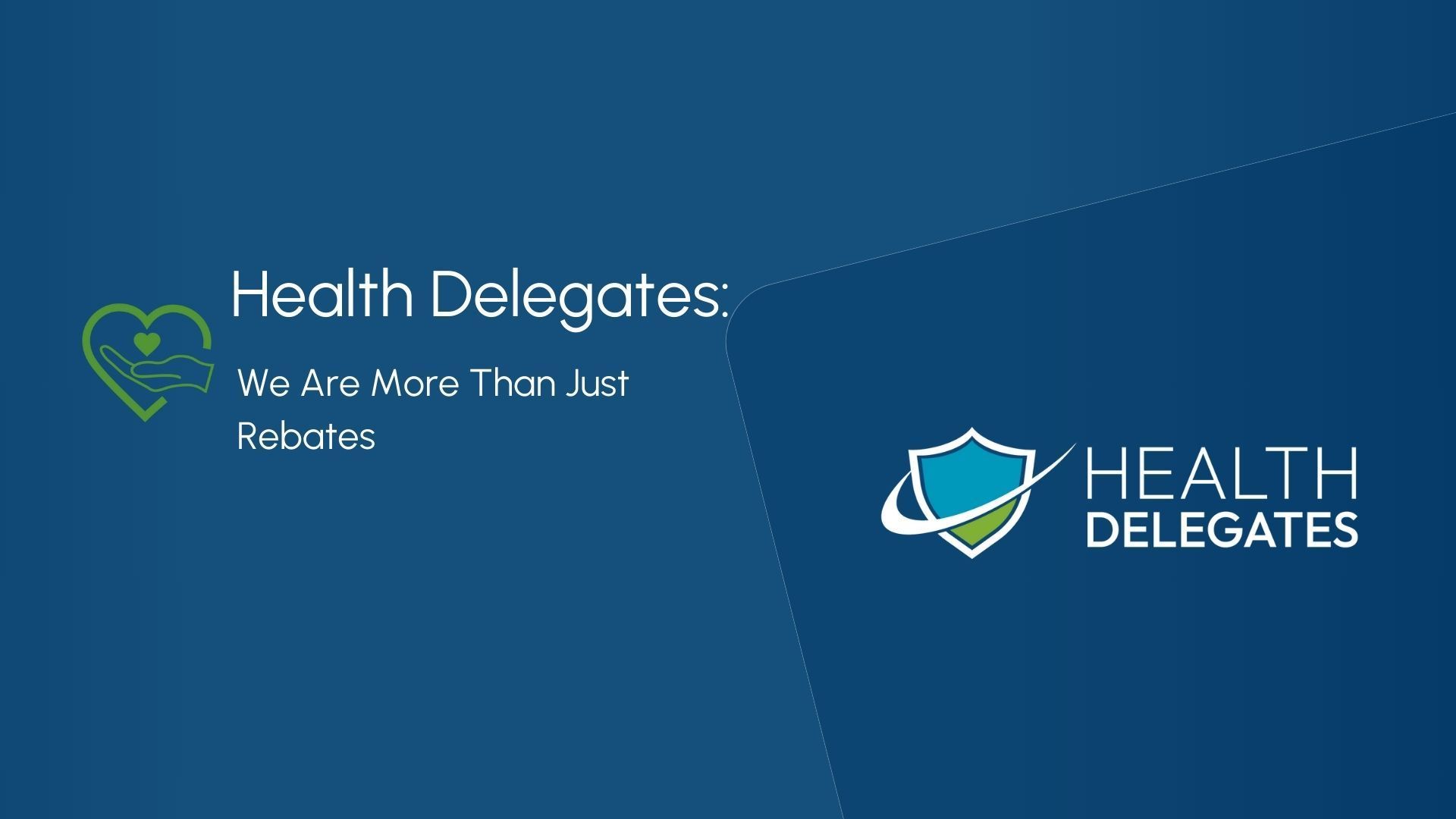Blogs & Articles

The Power of Transparent Reporting in Pharmacy Benefits Managing pharmacy benefit costs is one of the most complex challenges faced by benefits managers, large employer groups, and health plans consultants. As prescription drug prices continue to rise, finding a way to efficiently manage pharmacy spending and maximize savings is crucial. While rebate programs can offer significant savings, many traditional models lack the transparency and granularity needed to fully understand where savings are coming from—and where they may be slipping through the cracks. At Health Delegates, we’ve revolutionized rebate management with a robust online reporting suite that delivers unparalleled visibility into pharmacy spend, empowering health plans and employer groups to optimize their benefits programs and increase their savings. With over 4 million covered lives under our management, we have the experience and expertise to handle diverse requirements with precision and care. Effective Rebate Management through Transparent Reporting One of the core strengths of Health Delegates lies in our ability to offer a 360-degree view of your pharmacy spending. Our reporting suite is designed to give you thorough, real-time insights into how and where rebates are earned, down to the net cost of each claim. This transparency paves the way for smarter, more informed decision-making when it comes to managing pharmacy benefits. Whether you’re looking to track rebate performance, improve formulary strategies, or optimize drug savings, our reporting tools provide actionable data that allows you to make savings decisions with confidence. Our Approach: Simplifying Cost Management At Health Delegates, we take a straightforward approach to rebate solutions. Our goal is to provide a clear picture of your overall pharmacy benefit costs, so you can make data-driven decisions that optimize savings. We understand that balancing rebates, clinical formulary solutions, and broader healthcare costs can be complex. That’s why we offer a comprehensive solution that enables you to manage all these factors effectively, with a focus on reducing your net drug costs. We aim to be your strategic partner , delivering the insights you need to optimize your pharmacy benefits and maximize your rebate opportunities. With our suite of customizable reports, you can easily drill down into essential data and identify opportunities for savings. Key Reporting Tools to Maximize Savings Health Delegates offers a suite of customizable, client-centric reports that give you a transparent and comprehensive understanding of your pharmacy spending. Here’s an overview of the key reports we provide: Executive Summaries Our executive summaries offer a concise yet thorough overview of your rebate management, summarizing key data points, performance trends, and areas for improvement. This high-level report gives health plans and employer groups an easily digestible snapshot of their rebate program’s effectiveness, helping you make informed decisions and adjust strategies where needed. Operational Reports Our operational reports provide critical insights into the details of your claims. This includes reports on claim submissions, rejected claims, and the reasons behind rejections. These reports are standardized for easy integration into your data warehouse or analytics engine, making it simple to manage rebates and address anomalies as they occur. Financial Reports Timely and accurate financial forecasting is essential for budgeting and planning. Health Delegates provides financial reports that provide estimates of expected rebates, as well as detailed tracking of specific rebate payments received. These reports enable transparent tracking of funds and their sources, drilling down to the claim level, including NDC, to demonstrate the direct value of your rebate program. Clinical Reports Our clinical reports analyze formulary product distribution and provide insights into which drugs are being used most frequently. This helps identify how drug utilization impacts overall rebate earnings and provides valuable data for formulating clinical program strategies. These insights are essential for adjusting formularies and ensuring you’re maximizing rebate potential. Maximize Your Pharmacy Savings with Health Delegates Health Delegates is committed to helping health plans and employer groups unlock the full potential of their pharmacy benefit programs through transparent, detailed reporting. Our tools empower you to make better-informed decisions, optimize your drug spending, and drive greater savings—all while maintaining the high standards of care your members expect. Ready to optimize your pharmacy benefits? Contact us at hdinquiries@healthdelegates.com today to learn how our comprehensive reporting and innovative rebate solutions can help you take control of your pharmacy spending.







